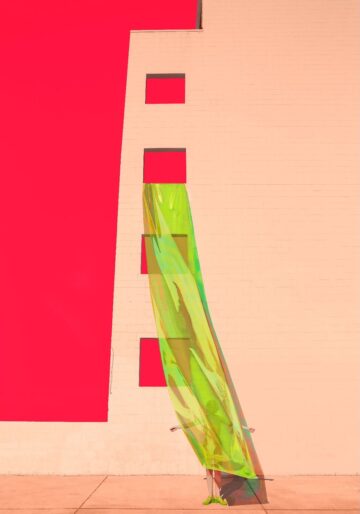
REINE PARADIS: “ECLIPSE” AT KÖNIG GALERIE
LA-based artist Reine Paradis will soon be coming to Berlin to present her newest body of…
All images courtesy of the artist
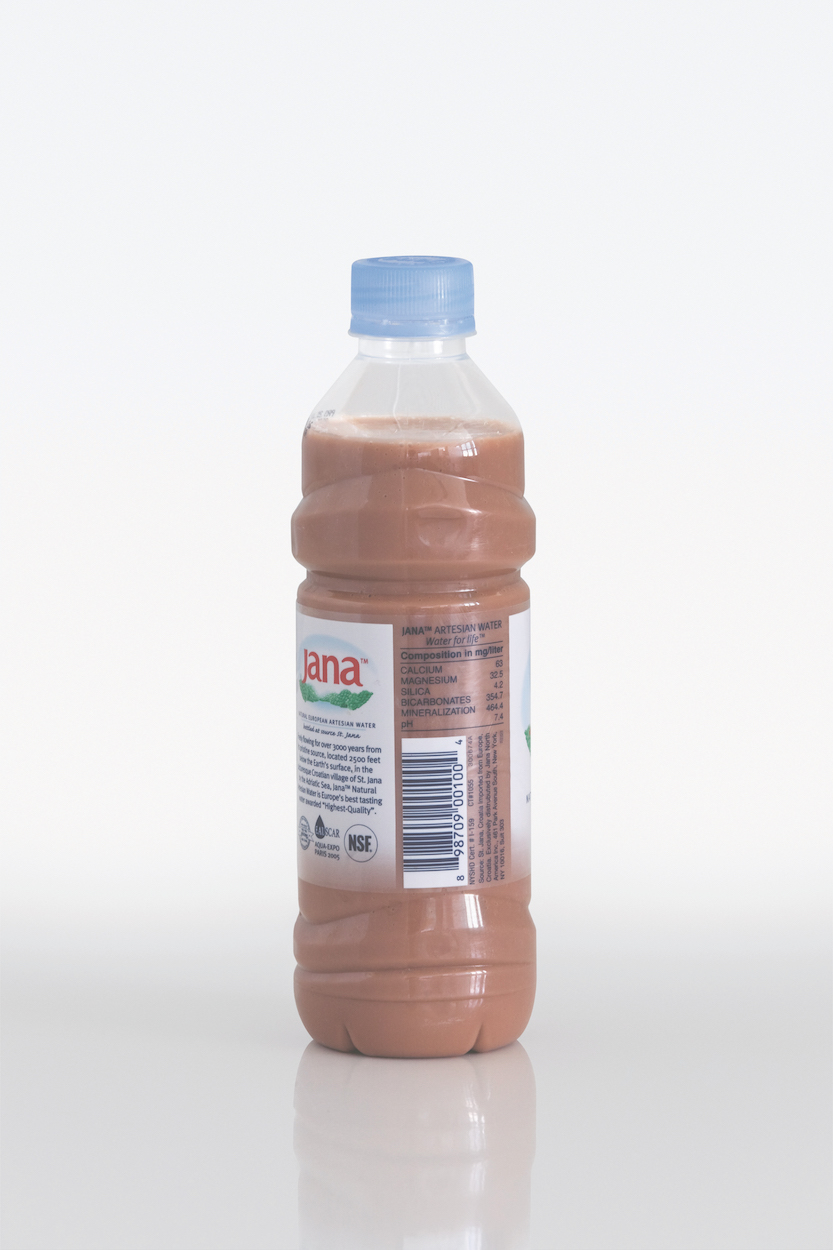
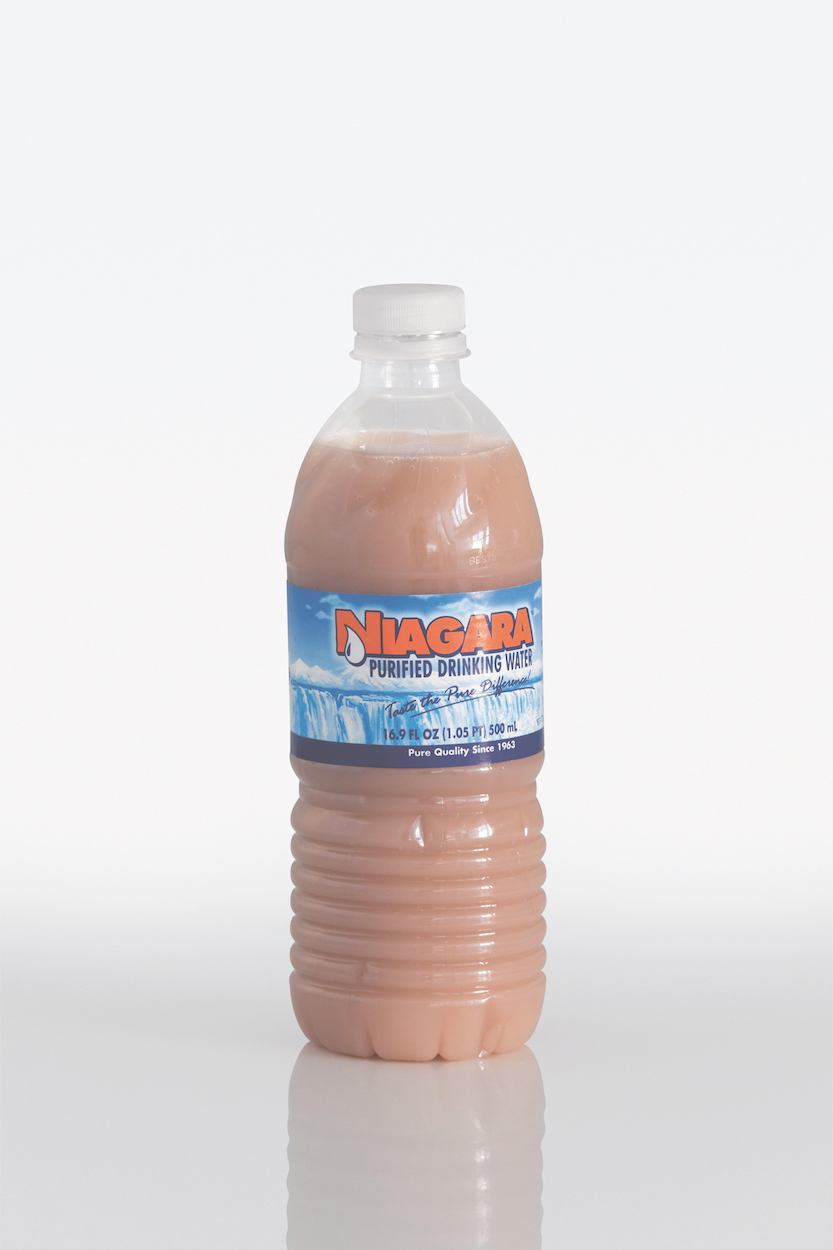
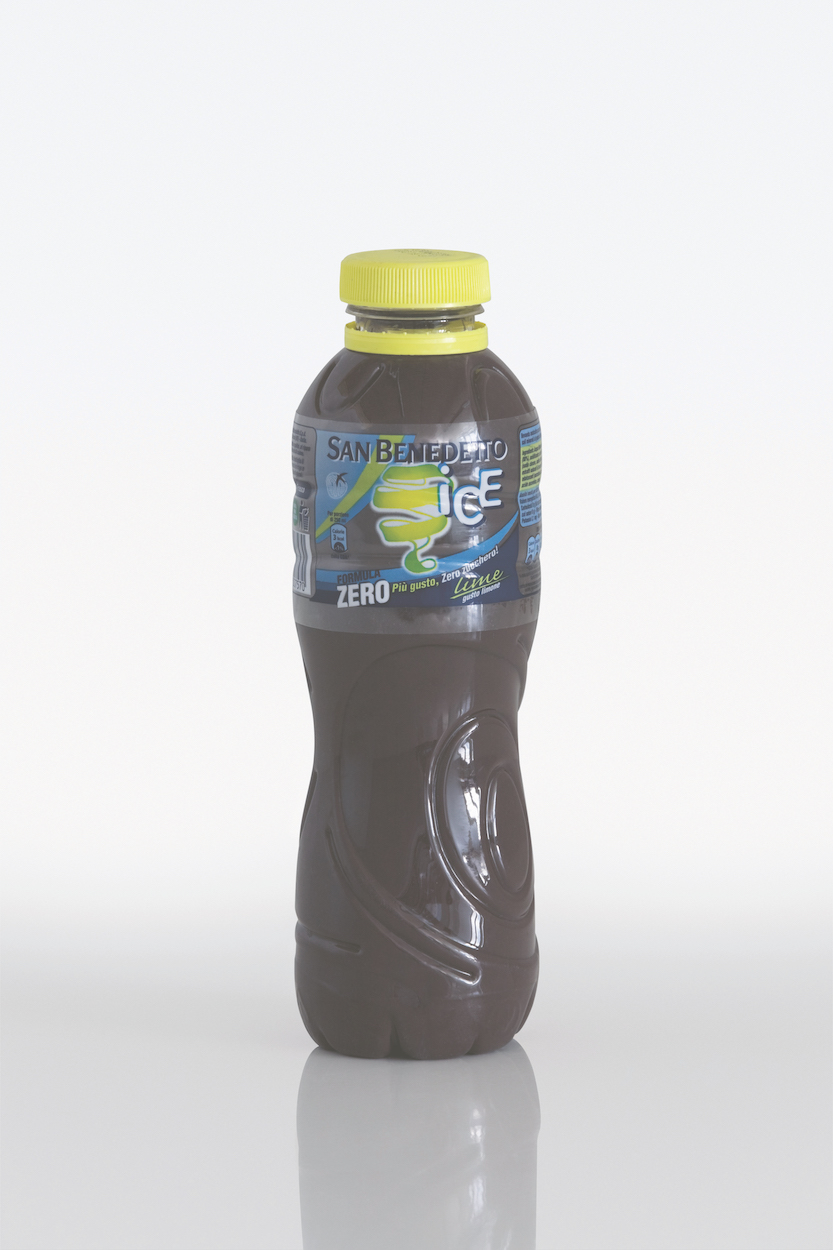
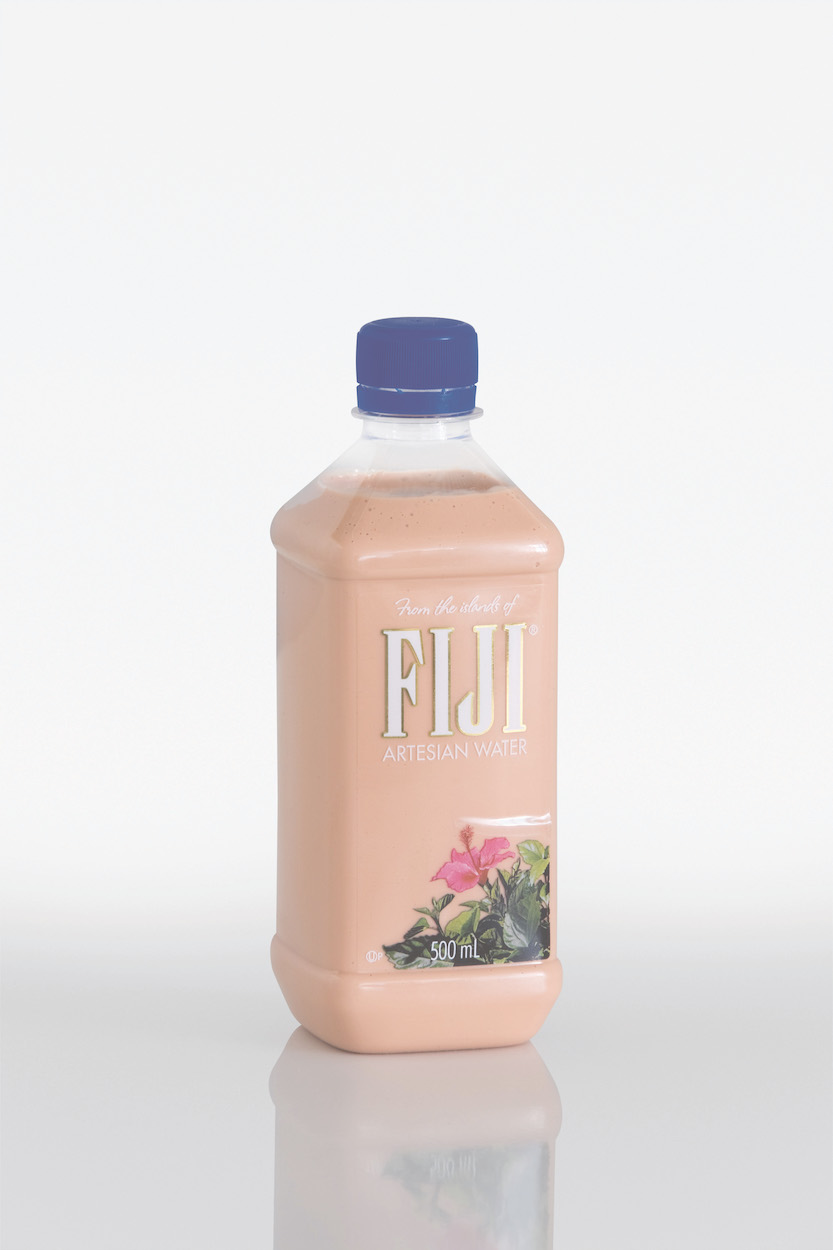
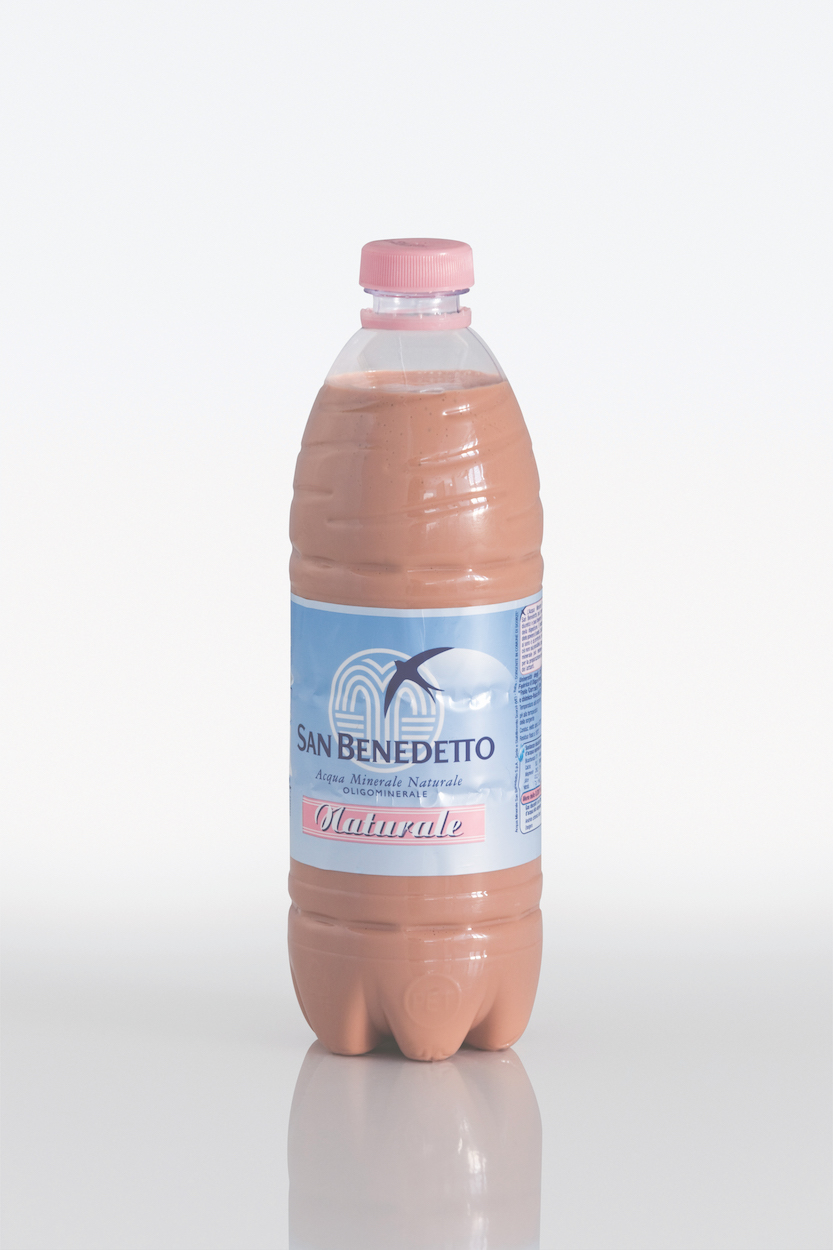
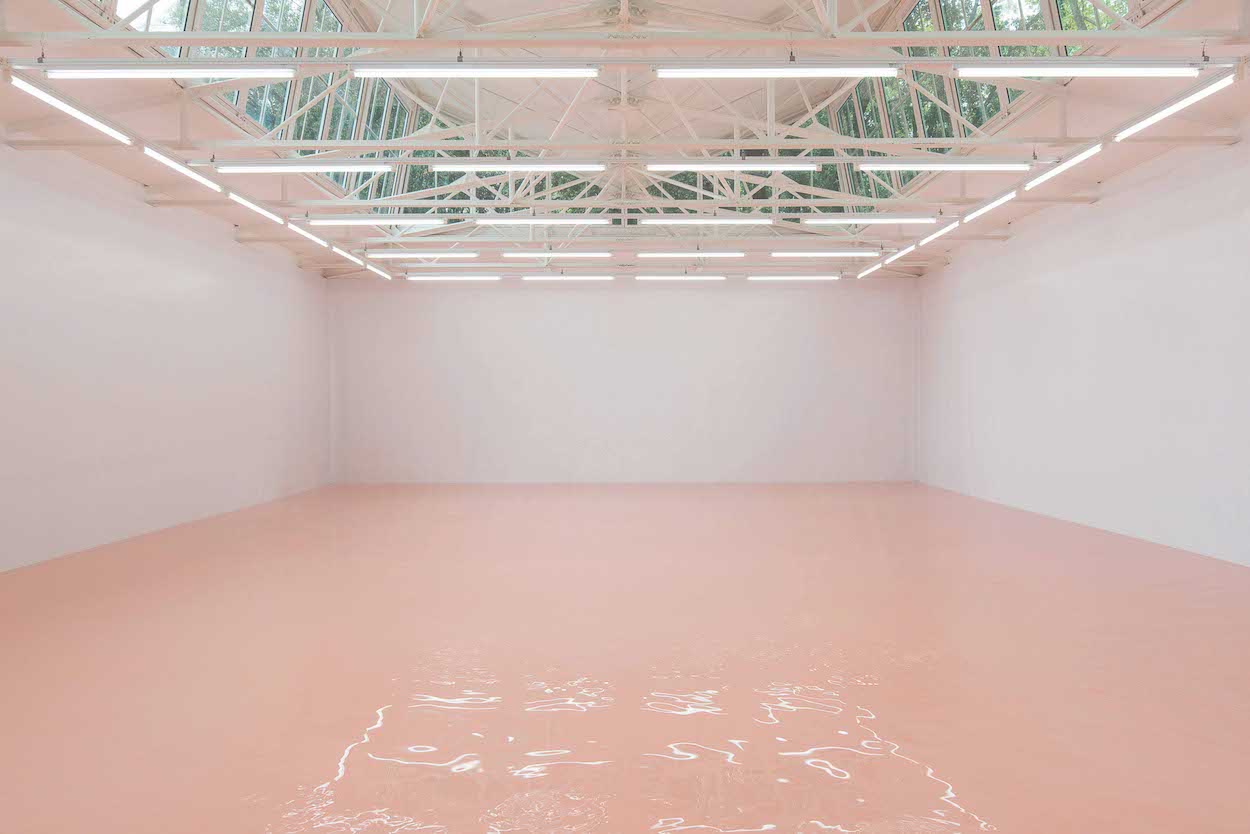
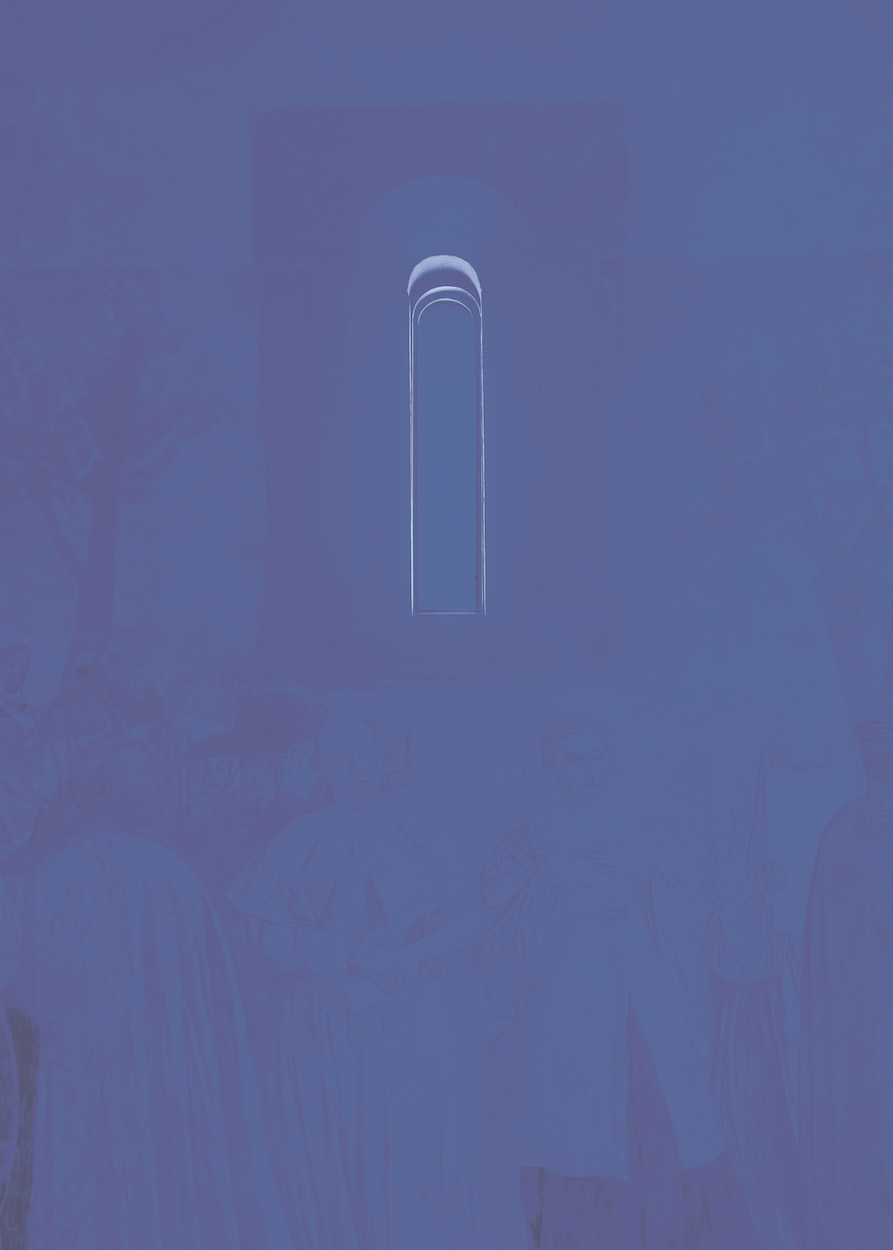
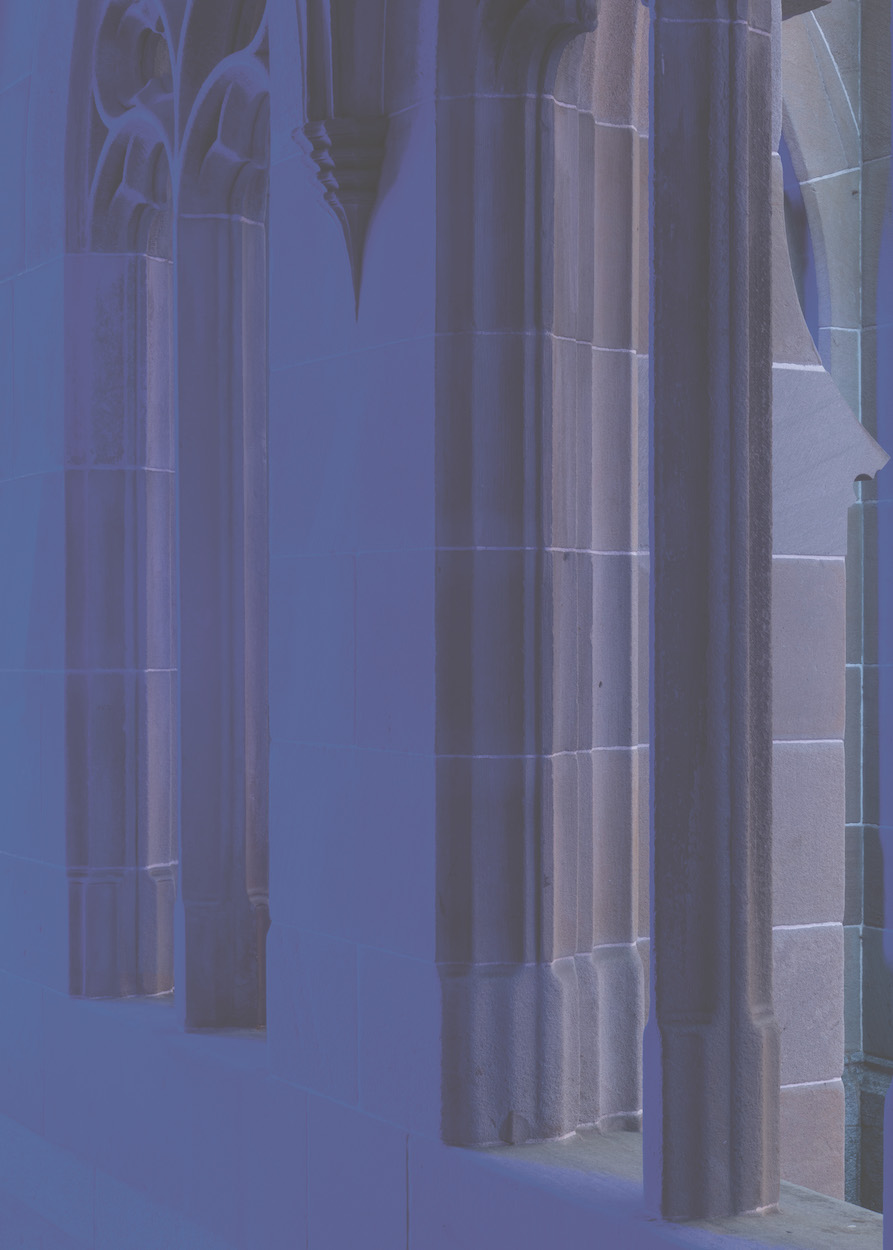

How the artist Pamela Rosenkranz finds patterns in the world that reveal the delicate nature of human existence in the intricate complexities of this globalized world.
Never in history has there been as much data at our disposal to be mapped, analyzed and evaluated as today.
But data alone are nothing but noise. To make sense of it, we need a direction and a point of view to turn noise into patterns and patterns into meaning.
To make sense of it, we need a direction and a point of view to turn noise into patterns and patterns into meaning. This only recently opened up a world in which AI turns the magic of creativity into the results of statistics. Only then does the accumulation of numbers gathered through social media statistics, Google searches and Netflix views turn to the gold of this day and age – as we frequently call data.
In a way, the artist Pamela Rosenkranz has always worked like that. She also collects information and meaning to shape them into conceptual artworks that transform information into aesthetics and, ultimately, meaning. Her experiences, intuition, and the contemporary canvas of economic and cultural relevance, aspects of material, biochemical and neurological determinants – all of that are parameters to filter information and its structural implications into new meaning. A meaning whose priority is not to make the information viable in a factual sense, but that leads to a poetic vision in which undercurrents of culture and science suddenly turn into illusive, idiosyncratic narratives, that don’t so much explain why our world is as it is, but that show and reveal unexpected, unsettling, yet deeply emotional and meaningful stories about human existence. She works by observing the world while observing her reaction at what she takes in. If she feels triggered – and it can be something as seemingly banal as a water bottle – she turns this into a glimpse of clarity, making a world-spanning system of economics, nature, biology and the human condition visible in works of art that impact us sensually and emotionally, yet are also fueled by an intellectual energy.
Influenced early on by conceptual art, in which the use of colors is often of secondary importance, Rosenkranz started to become intrigued by the color of human skin. While seeking to distill a monochrome version of skin color, she realized that human skin is never only one color, but a complicated surface of pigments. She combines these musings with something she observed during a residency in Venice: Rosenkranz noticed water bottles floating in the canals. She thought about how people were leaving not only their garbage in the iconic Italian city but also their DNA, which mixes with the water while we drink it. A fact probably not commonly known. At the same time, the water bottle itself looks like a totem of our bodies. So, Rosenkranz filled water bottles with skin-colored silicone to look like you drink a liquid that fills you with yourself. She wanted to make visceral the conceit that when we think we are taking in something pure while drinking water, it is actually not quite as simple as that.
Basically, Rosenkranz takes the innocence out of the water and replaces it with the complexity that humans have turned not only water consumption into. One of the bottles even had a marketing claim on it that said “Untouched by Man” to stress the particular purity of the water. Although drinking water is healthy, the water carries the microplastic from the bottles, which then finds its way into our bodies with yet unknown long term consequences. Through such artistic strategies and aesthetic experiences, Rosenkranz reveals layers of meaning in an attempt to fathom the complexity of the world and make it graspable.
Rosenkranz takes us on a journey into the realm of smell, and tells stories of time and space, individual and community, consciousness and the subconscious, visibility and invisibility, the everyday and the sublime, self-perception and external perception, presence and absence, life and death.

LA-based artist Reine Paradis will soon be coming to Berlin to present her newest body of…
All images courtesy of the artist
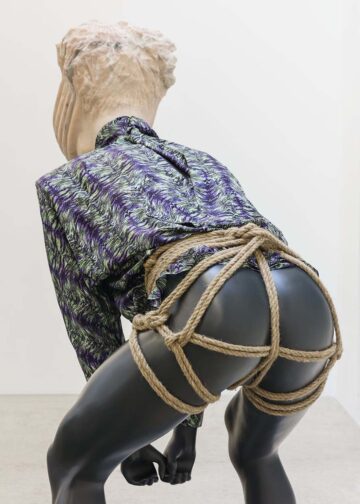
If, like me, you’re a techno head—wedded to dark dancefloors, addicted to sonorous…
Words by Liam Cagney

From grains of sand to towering sculptures, Jeewi Lee's work transcends the boundaries…
Interview by Marcus Boxler